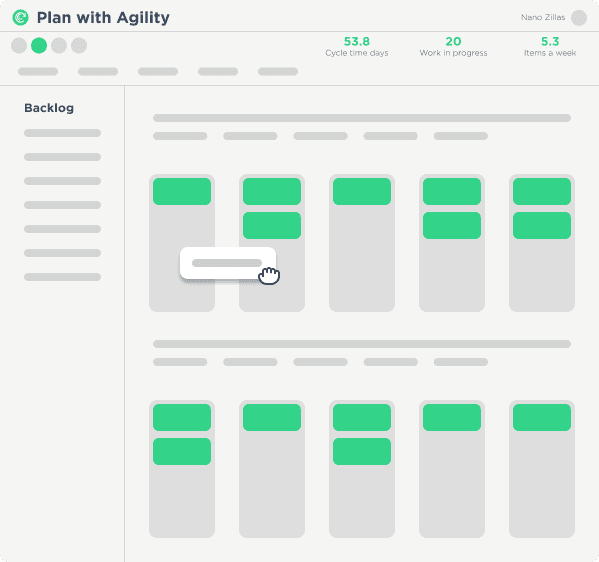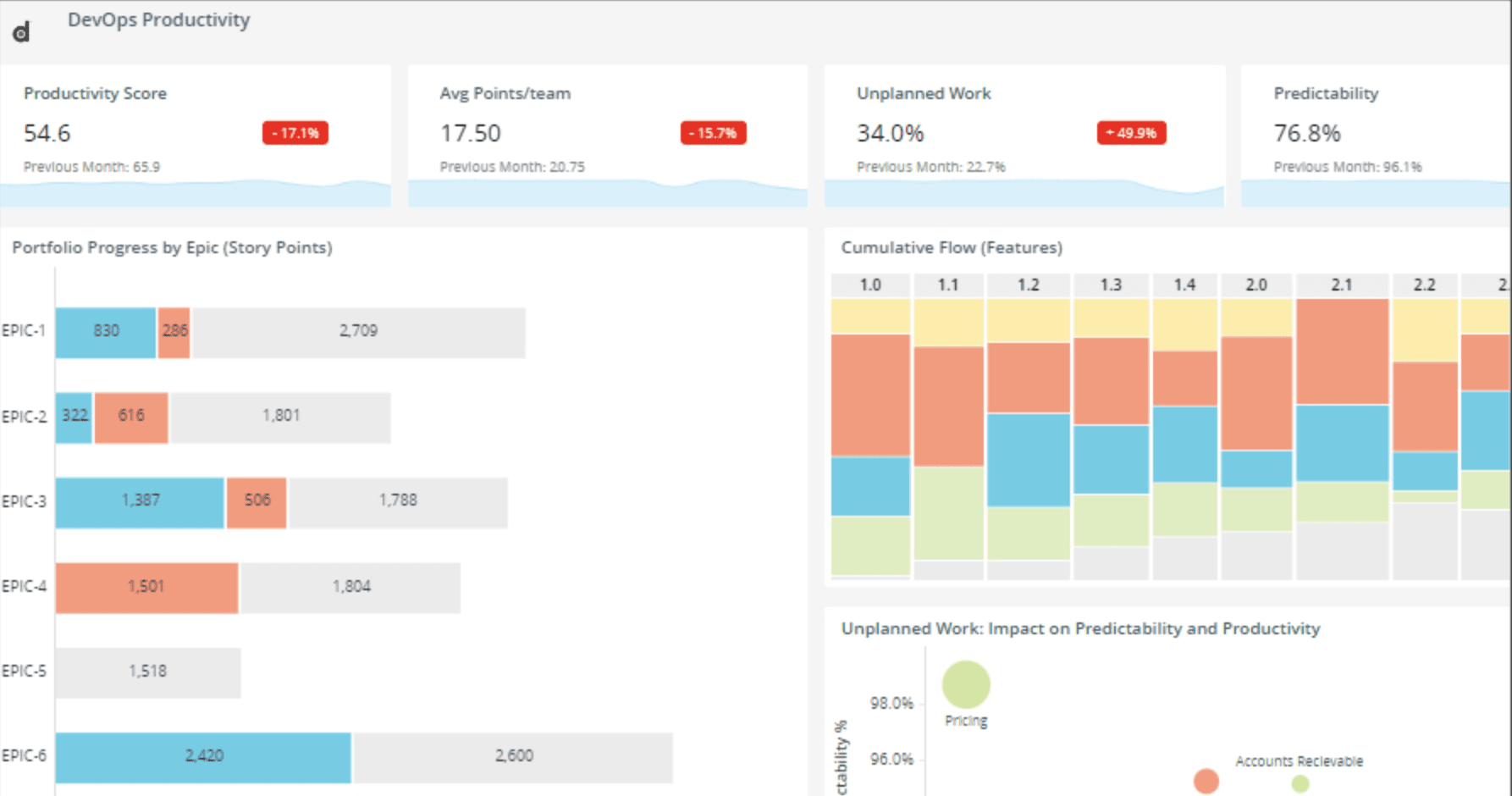Agile Release Planning
What is Agile Release Planning?
Agile Release Planning, also known as Scrum Release Planning is a core practice of the Scrum framework for Agile software development. It is a collaborative process that involves the entire Scrum team, including the product owner, development team, and Scrum master, to determine the goals, priorities, and scope of the project and identify the features or user stories that will be delivered in each sprint or release. Although similar to PI Planning, in SAFe®, Agile or Scrum Release Planning focuses on individual tasks and deliverables that will help teams reach their goals for a single sprint.

When is Agile Release Planning used, and why is it important?
Let’s face it, Enterprises and Agencies are getting hammered in today’s fast-paced market. While you struggle to keep up or stay ahead of rapidly changing market conditions, technological advances, evolving customer expectations, and growing competition, you’re also trying to better manage the increasing complexity of your software development projects- larger teams, more stakeholders, more dependencies, smaller budgets, tighter deadlines, and remote and distributed workers.
Your organization can benefit tremendously by adopting an Agile Release Planning process. The practice will make your organization more responsive, efficient, and innovative, and improve the likelihood of delivering a successful software product and achieving business objectives.
The objective of Agile release planning is to establish a shared understanding between the project team and stakeholders regarding the project's goals, requirements, and the timeline for delivering the product. The process typically involves prioritizing features based on their value to the customer, estimating the time and effort required to develop each feature, and determining the order in which the features will be developed and delivered.
Agile or Sprint Release Planning is important for several reasons:
The Agile release planning process fosters collaboration and communication between the development team and stakeholders, ensuring that everyone is aligned with the project's goals, requirements, and timeline. This helps to reduce misunderstandings, rework, and delays, and promotes a shared understanding of the project's scope and priorities.
Agile release planning helps to create transparency around the project's progress, status, and goals. It enables stakeholders to track the progress of the project, provide feedback, and adjust priorities as needed, promoting accountability and trust.
Agile release planning is a flexible and iterative process that enables teams to adapt to changing requirements, priorities, and constraints. By breaking down the project into smaller, more manageable pieces, teams can deliver incremental value to customers throughout the development process and respond to feedback and changes more quickly and effectively.
Agile release planning helps to identify and mitigate risks early in the project, reducing the likelihood of delays, cost overruns, and quality issues. By regularly reviewing and adjusting priorities, teams can ensure that they are delivering the most important features and addressing the most critical risks first.
By focusing on delivering small, well-defined features in each release or sprint, Agile release planning promotes quality and reduces the risk of defects and issues. This enables teams to deliver a higher quality product that meets the customer's needs and expectations.
The following are the steps involved in Agile Release Planning:
- Define the product vision: The product owner defines the overall product vision and goals, based on input from stakeholders and market research.
- Create the product backlog: The product owner creates a prioritized list of features or user stories that need to be developed to achieve the product vision, based on input from stakeholders and the development team.
- Determine the sprint length: The team determines the length of each sprint, based on factors such as the complexity of the work, the team's capacity, and the customer's needs.
- Prioritize the product backlog: The product owner and development team collaborate to prioritize the items in the product backlog, based on their value to the customer and the feasibility of implementation.
- Estimate the effort: The team estimates the effort required to implement each item in the product backlog, using techniques such as story points or ideal hours.
- Create the sprint backlog: The development team selects a subset of items from the product backlog for the upcoming sprint, based on their priority and estimated effort.
- Refine the sprint backlog: The development team further refines the selected items in the sprint backlog, breaking them down into smaller, more manageable tasks and identifying any dependencies or risks.
What problems does Agile Release Planning help resolve?
Agile Release Planning helps resolve several problems that are common in software development projects by promoting collaboration, transparency, flexibility, and quality, reducing the risk of project failure and improving the likelihood of delivering a successful software product. But you also need an enterprise-grade tool to manage the process and help prioritize and oversee the flow of work.
How does Digital.ai Agility help with Agile Release planning?
Digital.ai Agility helps teams with Agile Release Planning by providing a comprehensive set of tools and features that to plan, track, and deliver their work more effectively. Agility promotes collaboration, transparency, and agility, enabling teams to respond to changing requirements and deliver value to customers more quickly and efficiently.

Capabilities
Harness the Power of DevOps Value Stream Delivery for SAFe®

Related Resources

ANALYST REPORTS
16th State of Agile Report

VIDEOS
Driving 312% ROI by Scaling Agile with Guest Forrester

WHITEPAPERS
Approaches To Agile Software Development

SERVICES
Agile Transformation and Consulting

See Digital.ai Agility in Action
Want to learn more about how Digital.ai Agility will benefit your organization?


